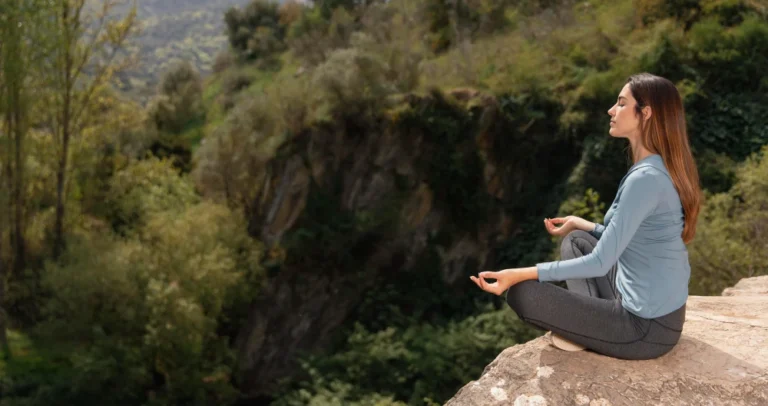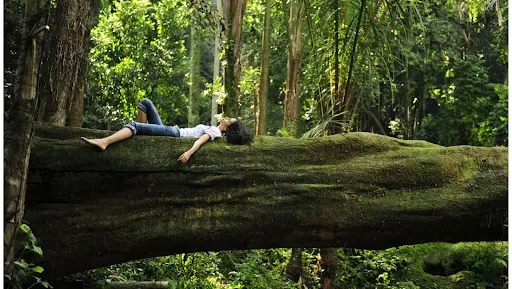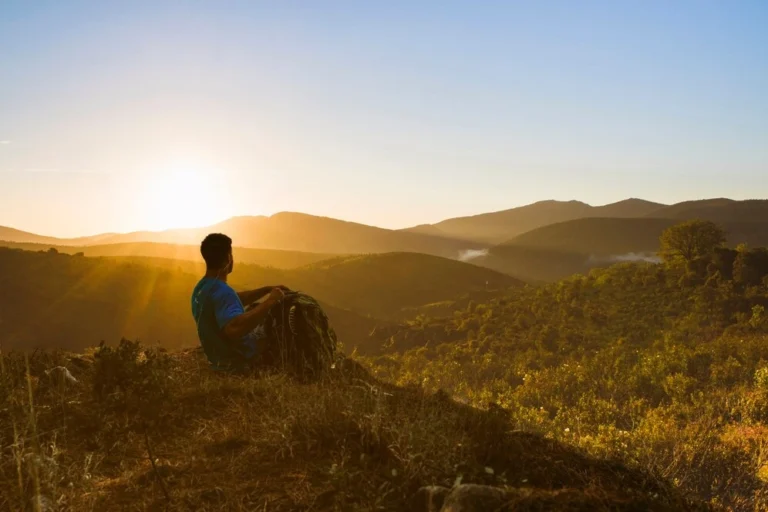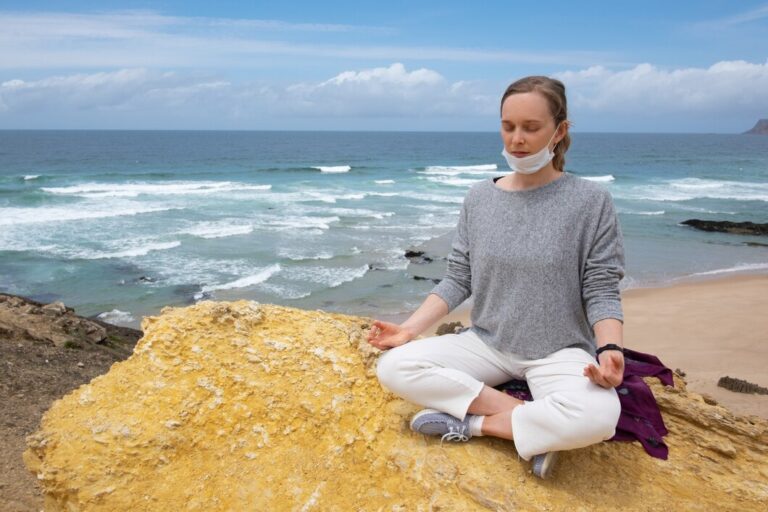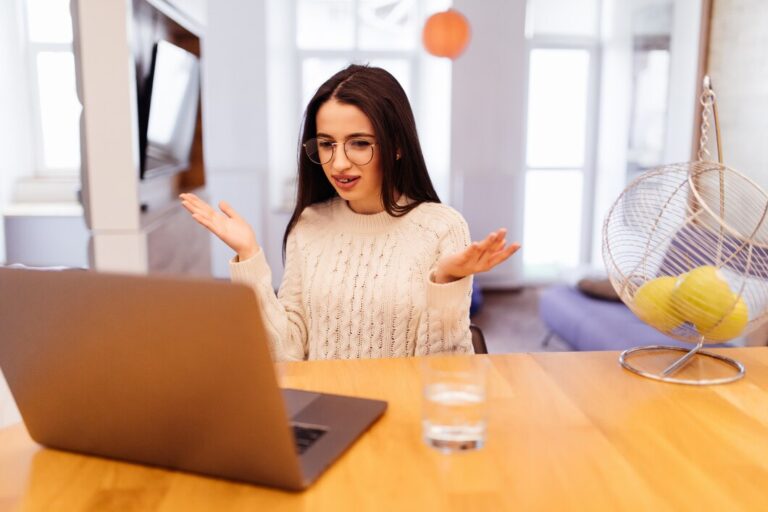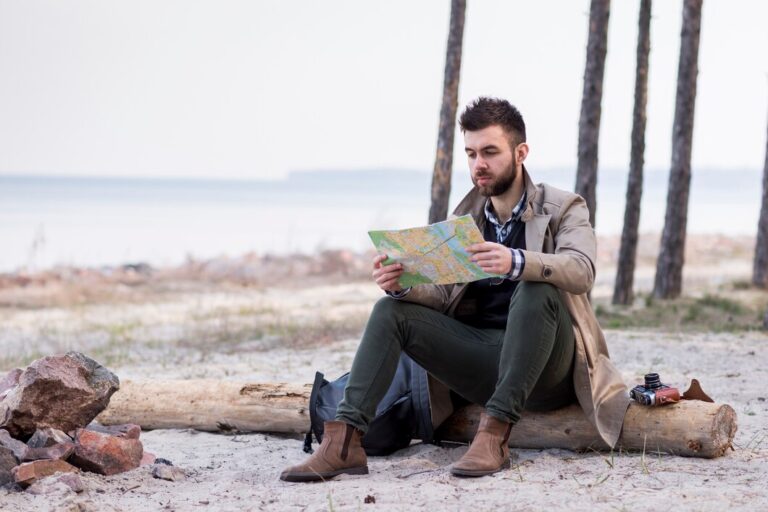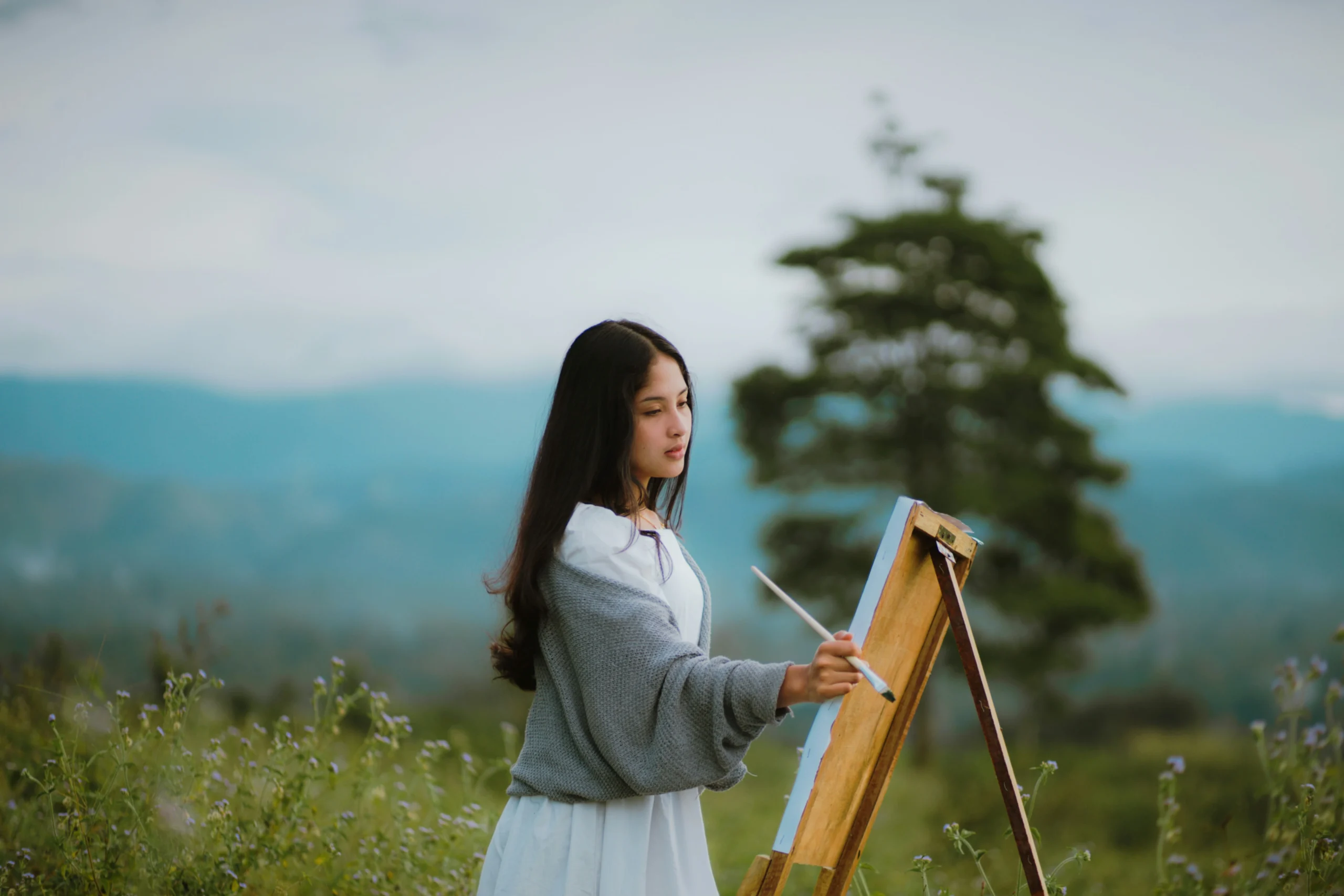
Do you feel a persistent whisper inside, a yearning to create, to express something visually? Perhaps it’s drowned out by the noise of daily obligations, the demands of work, or the relentless scroll of digital feeds. Maybe you also long for travel that goes beyond sightseeing – travel that nourishes your soul and allows for deeper connection. Often, these two desires – for creative expression and meaningful escape – seem separate, luxuries hard to justify or combine in our busy lives. We feel creatively stifled, yearning for inspiration, while our travel remains surface-level, lacking that truly restorative quality.
Imagine, then, a journey where your paintbrush becomes your passport to presence. Picture yourself in an inspiring location – a sun-drenched Tuscan villa, a rugged coastal village, a tranquil mountain sanctuary – surrounded by fellow creatives, guided by experienced artists, and given the time and space to simply create. This is the promise of Painting Retreats: Creative Travel for Mindfulness & Art. These immersive experiences offer a unique alchemy, blending artistic exploration with mindful practices and the enriching backdrop of travel, providing a powerful pathway to unlock creativity, cultivate presence, and return home not just with artwork, but with a renewed sense of self.
What are Painting Retreats? More Than Just an Art Class Abroad

A painting retreat is far more than just taking an art class while on vacation. It’s an intentionally curated experience designed to foster creativity, build community, and encourage mindful engagement through the practice of painting. While skill development is often a component, the core focus usually extends beyond technique to encompass the entire creative process and the well-being of the participant. Think of it as a sanctuary where art, travel, and personal growth converge.
Typically hosted in inspiring locations known for their natural beauty or cultural richness, these retreats offer dedicated time and space away from everyday distractions. Participants often receive expert instruction tailored to various skill levels, from absolute beginners to experienced artists. Days might involve structured painting sessions (both en plein air – outdoors – and in a studio), demonstrations, gentle critiques (focused on growth, not judgment), and free time for personal exploration or relaxation. The environment itself becomes a muse, inviting participants to observe closely and translate their perceptions onto canvas or paper.
Crucially, many painting retreats weave in elements of mindfulness. This might involve guided meditations, mindful walks focused on observation, discussions on overcoming creative blocks, or simply fostering an atmosphere of non-judgmental awareness during the painting process. The goal is often to connect with the present moment through the act of creation, noticing the feel of the brush, the mixing of colours, the interplay of light and shadow, and the inner state of the artist. It’s about the journey of making art as much as, if not more than, the finished product.
The Mindful Brushstroke: Unveiling the Benefits

Participating in a painting retreat offers a cascade of benefits that ripple through your creative life, travel experience, and overall well-being. It’s an investment in yourself that pays dividends long after the retreat ends.
Cultivating Mindfulness & Presence: The act of painting, when approached mindfully, is a powerful anchor to the present moment. Focusing on the details of your subject, the mixing of colours, the sensation of the brush on the surface – all draw your attention away from mental chatter and into direct sensory experience. Retreats amplify this by removing daily distractions and often incorporating specific mindfulness techniques. You learn to see more deeply and live more presently.
Unlocking Creativity & Overcoming Blocks: Dedicated time, expert guidance, an inspiring environment, and a supportive community create fertile ground for creative breakthroughs. Stepping away from your usual routine and pressures can dissolve creative blocks. Experimenting with new techniques or subjects without judgment encourages risk-taking and helps you discover or refine your unique artistic voice.
Developing Artistic Skills: Whether you’re a beginner wanting to learn fundamentals or an experienced artist seeking refinement, targeted instruction from professional artists accelerates skill development. Learning alongside others and receiving constructive feedback provides invaluable growth opportunities.
Stress Reduction & Relaxation: The immersive focus required for painting, combined with a relaxing retreat environment and often mindfulness practices, significantly reduces stress. Engaging in a creative flow state is deeply restorative, offering a true escape from anxieties and mental fatigue. It’s therapy through colour and form.
Building Community & Connection: Sharing a creative journey with like-minded individuals fosters a unique sense of community. Conversations about art, life, and the creative process build connections that often last well beyond the retreat. This supportive atmosphere combats the isolation artists sometimes feel.
Enriching Travel Experiences: Painting en plein air forces you to slow down and truly observe a location in a way passive sightseeing never can. You develop a much deeper connection to the places you paint, noticing nuances of light, atmosphere, and culture that create lasting, vivid memories. Your artwork becomes a deeply personal travel journal.
Unplugging the Inner Critic: Finding Flow & Focus

One of the most significant, though often understated, benefits of a painting retreat is the opportunity to disconnect – not just from technology, but from the relentless voice of the inner critic. In our daily lives, digital distractions constantly pull at our attention, while self-doubt often stifles creative impulses before they even begin. A retreat environment actively counters both.
By design, many retreats encourage minimizing digital device usage, especially during creative sessions. Instructors often guide participants to put phones away, allowing for uninterrupted focus on the artistic process. Without the constant ping of notifications or the urge to check social media, your attention can settle deeply into the act of observation and creation. This sustained focus is essential for entering a ‘flow state’ – that magical feeling of being fully immersed and energized by an activity, where time seems to disappear. Flow is the antidote to digital fragmentation.
Furthermore, the supportive and non-judgmental atmosphere fostered on most retreats helps silence the harsh inner critic. Surrounded by others engaged in their own creative explorations, and guided by instructors who emphasize process over perfection, you feel safer to experiment, make ‘mistakes,’ and simply enjoy the journey of learning. Letting go of the need for external validation or comparing your work to others frees up tremendous creative energy. Have you ever held back from creating due to fear of judgment? A retreat offers a safe space to let that go. This focus on intrinsic motivation – creating for the joy of it – is profoundly liberating.
Canvas and Compass: Exploring Different Types of Painting Retreats
Painting retreats come in many shapes and sizes, catering to diverse interests, skill levels, and desired experiences. Understanding the different types can help you find the perfect fit for your creative journey:
- Location-Focused Retreats: These center around painting in a specific, inspiring location known for its landscapes, light, or culture (e.g., Tuscany, Provence, Greek Islands, National Parks). Emphasis is often on plein air painting to capture the sense of place.
- Medium-Specific Retreats: Focusing deeply on one particular medium like watercolor, oils, acrylics, pastels, or mixed media. Ideal for those wanting to master or explore a specific technique.
- Instructor-Led Retreats: Built around the specific style, techniques, and teaching philosophy of a particular well-known artist. Attracts students eager to learn directly from that individual.
- Mindfulness & Art Therapy Retreats: Explicitly integrate mindfulness practices, meditation, or therapeutic art exercises alongside painting. Focus is strongly on process, self-discovery, and well-being, suitable for all skill levels, including those with no prior art experience.
- Beginner-Focused Retreats: Specifically designed for those new to painting, covering foundational techniques in a supportive, non-intimidating environment.
- Skill-Based Workshops: More intensive retreats focusing on specific skills like portraiture, abstract painting, landscape composition, or colour theory. Often attract intermediate to advanced artists.
- Independent Studio Retreats: Provide studio space, accommodation, and sometimes meals in an inspiring location, but offer less formal instruction, allowing experienced artists time and space for self-directed work within a supportive community.
Key point: Consider what aspect is most important to you – the location, the medium, the instructor’s style, the level of mindfulness integration, or skill acquisition – when Browse retreat options.
Choosing Your Creative Sanctuary: Finding the Right Retreat for You

With a growing number of painting retreats available, selecting the one that aligns with your goals, personality, and practical needs is crucial for a positive experience. Here are key factors to consider:
1. Your Goals & Intentions: What do you hope to gain? Skill improvement in a specific medium? A relaxing, mindful escape? Creative inspiration? Overcoming artistic blocks? Connecting with other artists? Clarifying your ‘why’ will narrow down options significantly.
2. Instructor & Teaching Style: Research the lead instructor(s). Look at their artwork – does it resonate with you? Read testimonials or reviews about their teaching style. Are they known for being technically rigorous, nurturing and supportive, focused on experimentation, or masters of a specific genre? Ensure their approach matches your learning preferences and goals.
3. Medium & Skill Level: Does the retreat focus on a medium you enjoy or want to learn? Is it clearly stated whether it caters to beginners, intermediate, advanced artists, or all levels? Be honest about your current skill level to ensure a good fit.
4. Location & Environment: Where do you dream of painting? Consider climate, landscape (coastal, mountain, rural, urban), and cultural context. Does the accommodation style appeal to you (rustic, luxurious, simple)? How much travel is involved? The environment should feel inspiring and conducive to creativity for you.
5. Retreat Structure & Focus: Examine the daily schedule. How much time is dedicated to instruction vs. free painting time vs. relaxation or excursions? Does the balance feel right? Is there a strong emphasis on mindfulness, critique, plein air, or studio work?
6. Group Size & Atmosphere: Retreats can range from intimate groups of 5-6 to larger gatherings of 20+. Consider whether you thrive in smaller, more personal settings or enjoy the energy of a larger group. Try to gauge the expected atmosphere – is it intensive, relaxed, social, contemplative?
7. Budget & Inclusions: Be clear about what the retreat fee includes (tuition, accommodation, meals, art supplies, excursions, travel to/from the location). Factor in all costs to ensure it fits your budget.
Where to Look? Search online using specific keywords (e.g., “watercolor retreat Tuscany beginner,” “mindful painting retreat California”). Look at art magazines, artist websites, and specialized retreat directories. Ask for recommendations from fellow artists or art groups.
The Process is the Palette: Embracing the Journey of Creation

A painting retreat offers a unique opportunity to shift your focus from the finished product to the rich, often messy, process of creation itself. This is where the deepest learning, growth, and mindful connection occur. It’s about embracing the journey with curiosity and self-compassion.
Embrace Imperfection & Experimentation: Give yourself permission to make ‘bad’ art. See mistakes not as failures, but as learning opportunities or unexpected detours. Try new techniques, colours, or approaches without attachment to the outcome. The retreat is a safe space to play and explore.
Focus on Observation: Use the painting process to truly see your subject. Notice the subtle shifts in light, the relationships between shapes, the nuances of colour. Slow down your looking. Ask yourself: What do I really see, beyond my assumptions? Sketching beforehand can deepen this observational practice.
Connect with Materials: Pay attention to the sensory experience of painting – the feel of the brush in your hand, the viscosity of the paint, the texture of the canvas or paper, the smell of oils or turpentine (if applicable). This tactile engagement anchors you in the present.
Trust Your Intuition: While learning techniques is valuable, also allow your intuition to guide you. What colours are you drawn to? What marks feel right? Let go of rigid rules sometimes and respond spontaneously to your subject and your inner state.
Practice Non-Judgment: Observe your thoughts and emotions as you paint. Notice the inner critic piping up, or feelings of frustration or joy. Acknowledge these feelings without letting them derail you. Gently bring your focus back to the process. Mindfulness applies to your inner landscape as much as the outer one.
Enjoy the Flow: When focus deepens and self-consciousness fades, you might enter a state of creative flow. Savour these moments of complete absorption. Recognize that flow isn’t constant; the value lies in consistently returning to the practice with gentle intention.
Common Concerns & Solutions for Aspiring Retreat Artists

Considering a painting retreat can bring up anxieties, especially for those new to art or retreats. Here’s how to address common concerns:
Concern 1: “I’m not a ‘real’ artist / I haven’t painted since school / I’m not good enough.”
- Solution: Most retreats welcome all skill levels, especially beginners! Focus on retreats explicitly stating they cater to novices. Remember, the goal is learning, expression, and enjoyment, not producing masterpieces. Everyone starts somewhere, and the supportive environment is designed to encourage, not judge. Embrace the identity of a ‘learner’.
Concern 2: Painting retreats seem expensive.
- Solution: Costs vary widely. Look for retreats closer to home to save on travel. Consider shorter weekend retreats. Some offer simpler accommodation or fewer inclusions to keep costs down. See it as an investment in your well-being, skills, and creative vitality. Compare what’s included (tuition, lodging, food, supplies) when evaluating price.
Concern 3: I’m afraid my work will be judged by the instructor or other participants.
- Solution: Reputable retreats foster a supportive, non-judgmental atmosphere. Instructors focus on constructive feedback for growth. Remind yourself that everyone is there to learn and explore. Focus on your own process and celebrate small successes. Choose retreats emphasizing mindfulness if this is a major concern.
Concern 4: I don’t know which medium (watercolor, oil, acrylic) to choose.
- Solution: Read retreat descriptions carefully – many are open to multiple media or focus on fundamentals applicable to all. If unsure, watercolor or acrylics are often considered more beginner-friendly due to easier cleanup and faster drying times than oils. Choose a retreat that looks inspiring, and be open to learning the offered medium.
Concern 5: What if I don’t like the instructor’s style or the group dynamic?
- Solution: Thorough research beforehand minimizes this risk (review instructor’s art/testimonials, understand retreat focus). If issues arise, communicate respectfully with the instructor or organizer if appropriate. Focus on what you can control – your own learning, observation, and engagement with the process and location. Find connections with individuals whose energy resonates with yours.
Before You Go Checklist: Painting Retreat Preparation

Preparing thoughtfully ensures you arrive ready to immerse yourself in creativity and mindfulness.
- Confirm Logistics: Double-check dates, location, travel arrangements, arrival/departure times. Print confirmations.
- Review Materials List: Does the retreat provide all supplies, or do you need to bring specific items (paints, brushes, paper/canvas, easel)? Purchase/pack accordingly. Don’t overpack; stick to the list.
- Pack Appropriate Clothing: Include comfortable clothes you don’t mind getting paint on, layers for varying weather (especially for plein air), comfortable shoes, sun hat, apron/smock.
- Art Journal/Sketchbook: Bring one for notes, sketches, color studies, and reflections, separate from your main painting surfaces.
- Mindful Packing: Pack any personal comfort items that support relaxation (favorite tea, comfortable socks, eye mask). Maybe a relevant art book or poetry for quiet time.
- Tech Prep (Minimal): Inform contacts you’ll have limited availability. Download any essential travel info offline. Charge phone (for emergencies/logistics) but plan to keep it mostly off/away during retreat activities. Pack a traditional watch.
- Camera (Optional & Mindful): If bringing one, plan to use it minimally – perhaps for reference shots, not constant documentation. Prioritize direct observation.
- Open Mind & Heart: Pack curiosity, willingness to learn, self-compassion, and an openness to the experience and fellow participants. Leave perfectionism at home!
- Review Pre-Retreat Info: Read any materials sent by the organizers regarding schedule, expectations, or preparatory exercises.
Paint Your Way to Presence

In a world saturated with digital noise and fleeting impressions, Painting Retreats offer a sanctuary for slowing down, seeing deeply, and reconnecting with your innate creativity. They are more than just vacations; they are immersive journeys into the intersecting landscapes of art, travel, and mindfulness. By stepping away from daily routines and embracing the tactile, contemplative process of painting in an inspiring setting, you nourish your soul, sharpen your senses, and cultivate a profound sense of presence.
You’ve journeyed through the concept of these creative escapes, uncovered their myriad benefits for well-being and artistic growth, explored the different forms they take, and learned how to choose the one that resonates with you. You’re equipped with insights into embracing the mindful process, navigating common concerns, and preparing for your own creative sojourn. The synergy between observing the world with an artist’s eye and experiencing it with a traveler’s heart creates a uniquely enriching path to self-discovery.
Are you ready to answer the call of your inner artist and embark on a journey that blends colour, canvas, and conscious awareness? Consider exploring painting retreats as your next form of mindful travel. Allow yourself the gift of dedicated creative time in a supportive, inspiring environment. You might just surprise yourself with the art you create and the clarity you find. Paint your way to presence – the world awaits your unique brushstroke.
